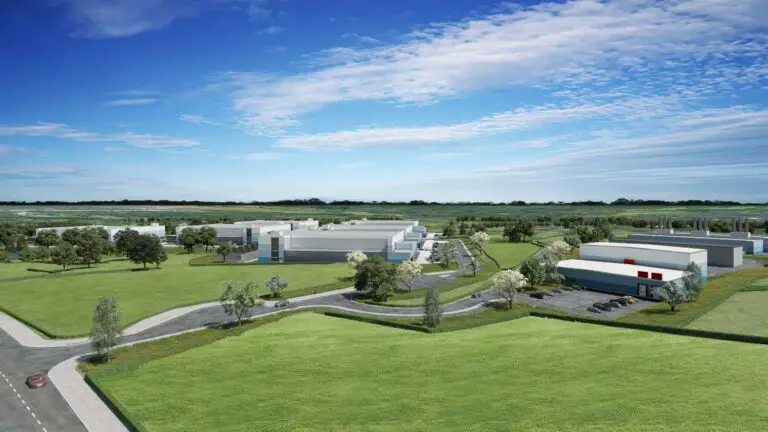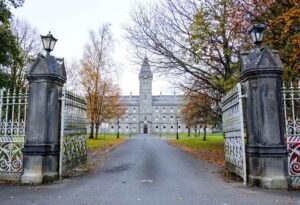PLANNING HAS BEEN granted for the controversial Ennis Data Centre.
Clare County Council on Monday granted planning permission for the data centre which is to be located on the Tulla Rd, on the outskirts of Ennis with construction set to commence this year.
Developers behind the Data Centre have on Monday evening welcomed the announcement and said 400 to 500 permanent jobs will be created when it is fully operational with 1,200 construction jobs and 600 in support services.
CEO of Art Data Centres, Tom McNamara stated, “This is great news for this data centre campus and for Clare as the project will be a key pillar of the Ennis 2040 Economic Plan for the area which was launched by Tánaiste and Minister for Enterprise, Leo Varadkar in 2021”.
The campus will comprise six data halls of 33mw each, Energy Centre & Vertical Farm designed on a flexible and modular basis, covering 145 acres and 1.3 million sq ft. Construction of the Art Data Centre Campus will be phased over a seven-year year period commencing in 2022. It has been designed by data centre specialists Colin Hyde of ARC:MC, and Robert Thorogood of HDRInc.
It has access to 200 mega-watts of power from both the network grid and gas generation on site & aligns with the current CRU requirements for dispatchable Power & being located in an unconstrained area. The proposed site, adjacent to Ennis, was zoned in 2019 for ‘Data Centres & Power Generating Infrastructure’.
McNamara added, “This Ennis Project fulfils the Government’s key requirements immediately while state bodies, regulators and the electricity sector work to upgrade infrastructure, connect more renewable energy and ensure security of supply”. He said, “The infrastructure that is available in the Ennis site will assist Government in national ambitions to deliver ongoing opportunities for the country in the tech industry.”
Last Wednesday, the Government Policy Statement on the role of Data Centres in Ireland’s Enterprise Strategy was published, the Ennis Campus is considered to align well with the policies set out therein.
When submitting further information, the developers outlined that heat from the facility could be used to power over 1,100 houses. “There will be good high grade heat available from the exhausts which can be harnessed and transported off site. Calculations have been derived to show how much capacity could be made available off site with suggest supply and return temperatures of 105 / 75 degrees C which are common for district heating schemes. It is suggested and capacities are calculated, that this heat could be used to support over 1,100 homes or over 250,000 m2 of commercial office space or light industrial buildings within a 5km radius of the Art Data Centre site. Alternatively, if available, the heat could be connected into a District Heat Network to support local needs”.
A public meeting was held on Wednesday of last week where environmentalist groups shared their deep concerns of the potential impact of a Data Centre in Co Clare.


















